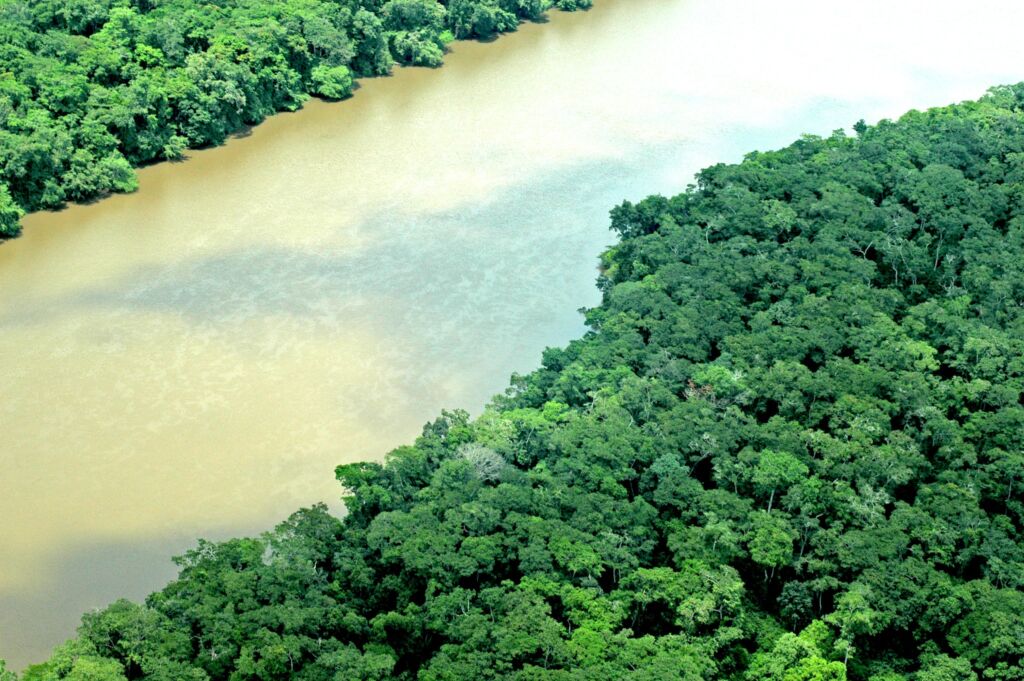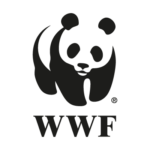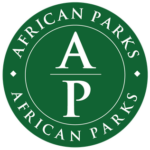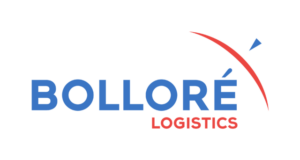





Please, know that the itinerary is a rough indication on how the programme will look like, but it can change. Allow yourself a buffer day in Bangui just to be sure. We ask you to bring your camping gear, extra water and snacks.
For this trip we’ll explore first the village of Zinga in the southern Lobaye Region where we will visit villages and natural sites. We will camp and either cook ourselves or eat at local initiatives. We ask you to bring your own camping gear. It is advised to bring extra water and snacks. After Zinga, we’ll return to Bangui and will then continue our journey to the Bamingui-Bangoran National Park where we will stay in the Koukourou Bamingui Faunal Reserve region. We’ll go explore the park by motorized boat and will look for wildlife. For this trip you’ll be camping and eat simple local meals.
The Bamingui-Bangoran National Park is part of a network of nature reserves and protected areas in the north of the Central African Republic. It borders the Faune du Gribingui Bamingui Reserve, the Koukourou Bamingui Faunal Reserve, the Avakaba Presidential Park Private Reserve, and several other protected areas that lie along the border with Chad.
Bamingui-Bangoran is located 400 to 500 meters above sea level and is crossed by several rivers, such as the Bamingui River which flows into the Chari River. The vegetation consists mainly of savanna forests with deciduous trees that cover much of the northern part of the park. In the southern part of the park you will mainly find ewe (river) forests. Much of the Baningui riverbank consists of seasonal swamp and small lakes.
Bamingui-Bangoran is part of the protected areas of UNESCO MAB. This Man and Biosphere Program is a program set up by UNESCO in 1971, with the aim of “acquiring new scientific knowledge for a balanced relationship between man and his natural environment”. The advantages of a status as a biosphere reserve is that a network is created, where work is done with the local communities. The people in the area are involved in things like sustainable tourism and sustainable development education. A nice goal, but unfortunately, despite good efforts, things don’t always go quite as planned.
You visit Bamingui-Bangoran mainly because of the beautiful untouched nature where your visit feels like a real adventure. Whatever it often is. You will not meet other travelers there. And the locals will be amazed at your visit to this remote part of the Central African Republic.
Bird lovers in particular can indulge themselves in the park. Of the 350 – 400 species observed in the Central African Republic, 250 live in Bamingui-Bangoran. Reportable species include the yellow-billed francolin, fox falcon, bronze-necked pigeon, green turaco, eagle owl, lovebird, blue-bellied roller, bee-eater, pied tok and others.
The big game includes leopards, wild dogs, lions, various antelopes and the African manatee. Though difficult to spot, this park is said to have a larger wildlife population than the other national parks in the Central African Republic.
Note that you will need one buffer day in Bangui before this tour starts in case your flight is delayed and at least one buffer day after the trip in case of delays. We are NOT responsible in case of flight delays due to bad planning from your side. This expedition is as rough as it gets and there won’t be any luxuries such as electricity or running water. You will be far away from civilization and will have to deal with mud, mosquitoes and other annoyances. Please, know that wildlife is unpredictable and understand the risks of these kinds of tours.
Know that for this tour you will have to pass a few dozen police roadblocks in which you sadly will have to spend around 10 euro or more to pass each time. Make sure you have at least 500 euro in 5 euro bills or in bills of 2.000 xaf on you for this.
Day 1: Zinga
Today we’ll take a boat from Bangui to the village of Zinga and go visit the old train station and observe the old locomotives.
The village of Zinga is located south of Bangui and is located at the confluence of the Lobaye and the Oubangui. It is a village about 1km long and 300m wide. The houses are traditional huts made from local materials (raffia palm roof and mud walls). Bordering the right bank of the Oubangui, Zinga is however distinguished by modern infrastructures inherited from its colonial past.
Indeed, the Compagnie Générale de Transport en Afrique Equatoriale (CGTAE), a river transport company had built a six-kilometer railway, connecting the villages of Zinga and Mongo in the 1920s and whose operation ceased in 1960. This railway was a palliative to the problem of navigation on the Ubangi and the supply of the interior territory of the French colony, in particular the Ubangi-Chari and Chad. Also, it was a solution to the recurring problem of porting in Oubangui-Chari. A load break occurred during low water at the Zinga threshold, requiring a transshipment from Congo or Bangui. Goods and passengers alighted from the large steamers below the threshold and boarded smaller ones upstream in the village of Mongo.
The remains of Zinga consist of a hangar containing two locomotives, eighteen flatbed cars and two passenger cars. They also include two warehouses, two dwelling houses, the wreck of a steamboat named “Le Gouverneur Lamblin” and two boats forming the relics of the activities of this period between the wars which lasted until 1960. Docks constructed of concrete complete the installations. The Mongo terminus has two warehouses and two residential houses.
However, the degradation of the Zinga site has started. The railway does not exist any more but it is materialized by a line of dry stones which constituted its base. The wagons located on the rails in the starting position are completely oxidized just like the machines.
The hangar is also beginning to deteriorate. Its metal profile structure still supports and maintains the building.
Day 2: Zinga and River
We will continue to discover the area and visit the local village as well as go on the Ubangi River. We’ll stay somewhere in the region while camping and eating local meals.
Day 3: Back to Bangui
Today we’ll take the boat back to Bangui.
Day 4: Bangui – Mbres
We will pick you up in the early morning at your hotel, so make sure you’ll have an early breakfast. We will driver over 400 km and pass Damara, Sibut, Dekoa and finally arrive at Mbres in the late afternoon / early evening. Overnight stay in very basic accommodation.
Day 5: Mbres – Bamingui
Another 200 km to cover today until the town of Bamingui, passing Balakete, Yombo and Bingou on the way. Overnight stay in very basic accommodation.
Day 6, 7, 8, 9, 10, 11: Koukourou – Bamingui National Park
We will spend the next six days in Bamingui National Park which we will enter with a motorized pirogue. This week we will be camping in very basic conditions and eat very simple local meals. We will be accompanied by a local team of guides and porters who will also double as security.
Day 12: Bamingui – Mbres
We will drive back to Mbres and stay there overnight.
Day 13: Mbres – Bangui
Our last day on the road, we’ll drive to Bangui and will drop you off at your hotel. Make sure you have at least 2 to 3 buffer days in case of any delays.
Includes:
– Camping with meals included
– All activities as described
– Park entrance fees
– Transport
– Professional local guide









